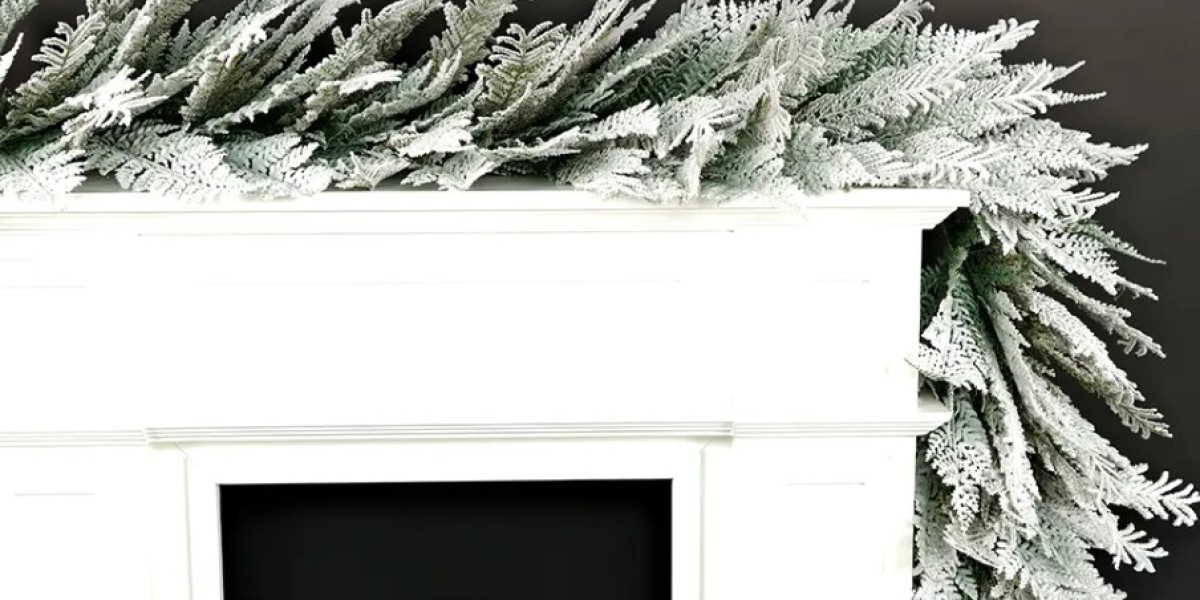Christmas garlands are a classic decoration that adds festive cheer to homes, businesses, and public spaces during the holiday season. A common question among decorators is whether Christmas garlands are suitable for long-term outdoor hanging. The answer depends on several factors, including the type of garland, weather conditions, and installation methods.
Material Type and Durability
One of the primary considerations is the material used to make the garland. Artificial Christmas garlands, typically made from PVC or polyethylene, are generally designed to be more weather-resistant than natural garlands. Many artificial options are treated with UV inhibitors and waterproof coatings, enabling them to maintain their color and structure even when exposed to sun, rain, or snow for extended periods. These features make artificial garlands more suitable for long-term outdoor use.
Natural Christmas garlands, crafted from fresh pine, fir, or cedar branches, offer a beautiful and authentic look but are less durable outdoors. Exposure to moisture, wind, and fluctuating temperatures causes them to dry out, fade, and shed needles quickly. As a result, natural garlands typically last only a few weeks outside before showing signs of wear and requiring replacement.
Weather and Climate Impact
The local climate plays a significant role in determining whether a Christmas garland can be displayed outdoors long-term. In mild, dry environments, natural garlands may last longer, but in regions with heavy rain, snow, or intense sunlight, degradation accelerates. Artificial garlands, especially those rated for outdoor use, generally perform well in diverse weather conditions but still require care to prevent damage from extreme storms or harsh winds.
Installation and Maintenance
Proper installation is crucial for maximizing the lifespan of outdoor garlands. Securing garlands firmly to prevent movement caused by wind reduces wear and tear. Additionally, using weatherproof fasteners and supports helps maintain their position and appearance.
For natural garlands, occasional misting with water can slow drying, but this is impractical for long-term outdoor use. Artificial garlands need less maintenance but should be inspected periodically to remove debris or clean accumulated dirt that can degrade their look.
Safety Considerations
When garlands include electrical components such as lights, ensuring outdoor-rated wiring and connections is essential for safety. Wet conditions combined with electrical elements can create hazards, so all outdoor Christmas garlands with lighting should meet relevant safety standards and be installed according to manufacturer guidelines.
Cost and Practicality
Because natural garlands degrade quickly outdoors, frequent replacement increases costs and labor. Artificial garlands represent a better investment for extended outdoor decoration due to their reusability and resilience. However, choosing high-quality, weather-resistant artificial garlands is important to avoid premature damage.
Conclusion
While Christmas garlands add holiday spirit both indoors and outdoors, their suitability for long-term outdoor hanging varies by type and environmental factors. Artificial garlands designed for outdoor use generally provide the best durability, maintaining their appearance over the entire season with minimal maintenance. Natural garlands, although visually appealing, are better suited for short-term outdoor display or indoor use where longevity is less of an issue.
Ultimately, the decision depends on the desired aesthetic, budget, and local weather conditions. Selecting the right garland type and ensuring proper installation and care will result in a beautiful, festive display that endures throughout the holiday season.








